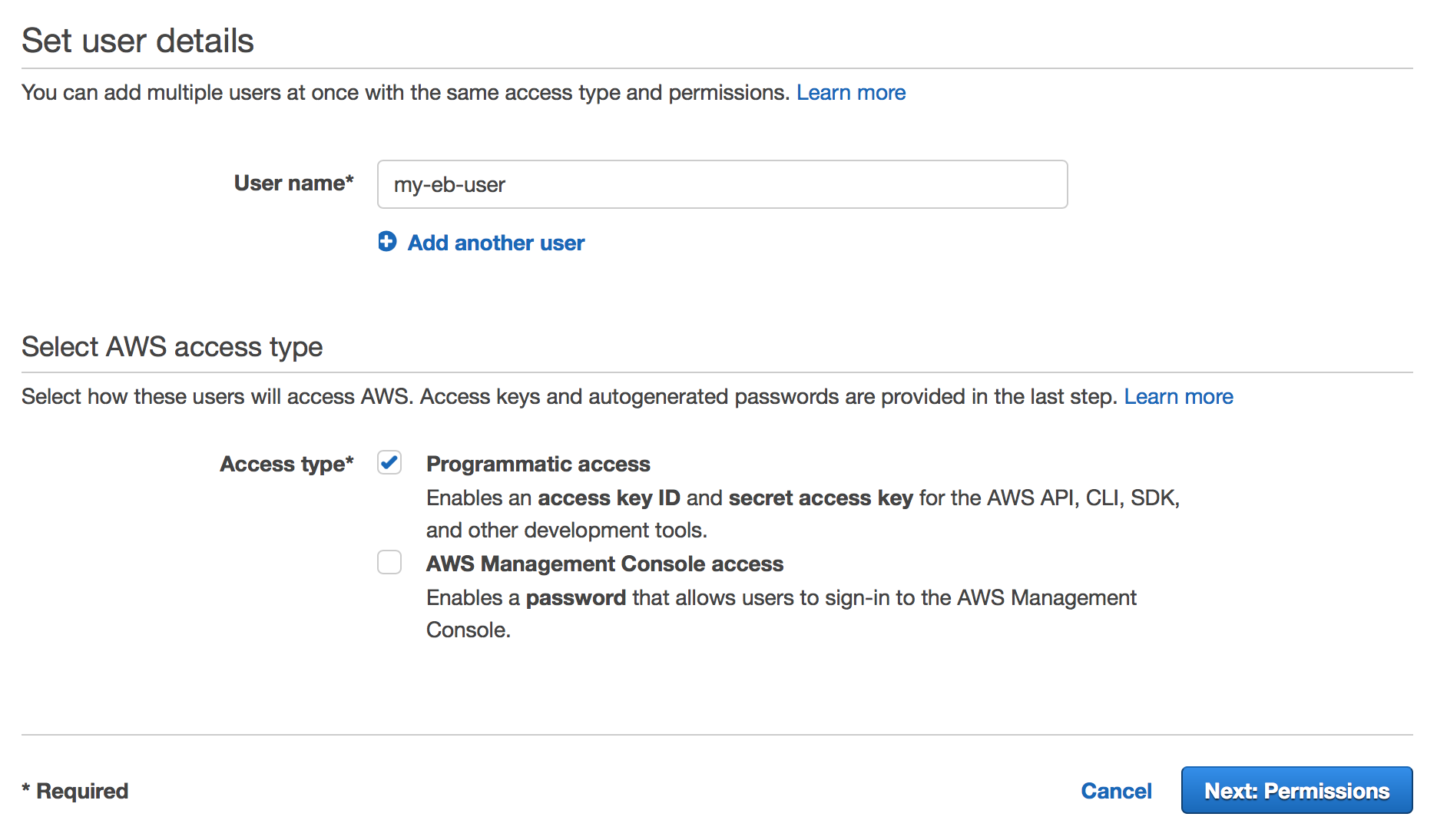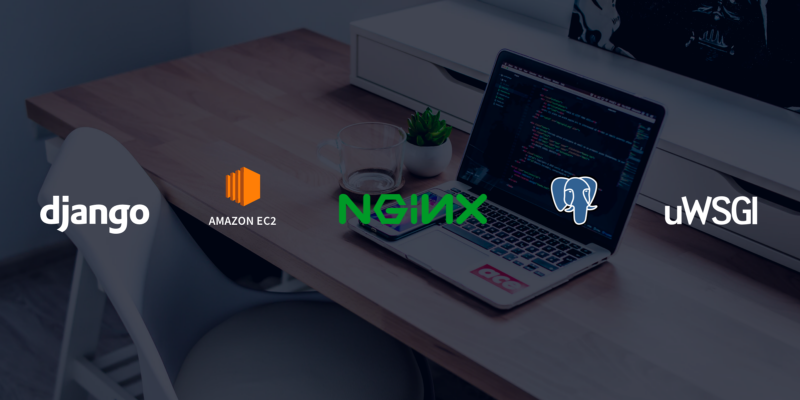
- #Django connect to aws postgresql install#
- #Django connect to aws postgresql code#
- #Django connect to aws postgresql password#
Next you should modify the DEBUG directive so that you can toggle this by setting an environment variable: ĭEBUG = os.getenv("DEBUG", "False") = "True" The environment variable can be set to either a single host or a comma-delimited list: ĪLLOWED_HOSTS = os.getenv("DJANGO_ALLOWED_HOSTS", "127.0.0.1,localhost").split(",") But for now, modify your ALLOWED_HOSTS directive to attempt to read the hosts from an environment variable. We’ll cover this process more in-depth in a later section. Since you won’t know this custom URL until you have deployed the application, you should attempt to read the ALLOWED_HOSTS from an environment variable, so App Platform can inject this into your app when it launches. If you wish requests for an entire domain and any subdomains, prepend a period to the beginning of the entry.Īpp Platform supplies you with a custom URL as a default and then allows you to set a custom domain after you have deployed the application. Each item should be listed in quotations with entries separated by a comma. In the square brackets, list the IP addresses or domain names that are associated with your Django server. Django requires that you set this to prevent a certain class of security vulnerability. Any incoming request with a Host header that is not in this list will raise an exception. This defines a list of the server’s addresses or domain names that may be used to connect to the Django instance.
#Django connect to aws postgresql password#
You can generate a key using an online password generator. This can have adverse effects on cookies and will require users to log in again every time this key changes. Warning: If you don’t set this environment variable, then every time the app is re-deployed, this key will change. SECRET_KEY = os.getenv("DJANGO_SECRET_KEY", get_random_secret_key())

Now modify the SECRET_KEY directive to read in the value from the environment variable DJANGO_SECRET_KEY or generate the key if it does not find said environment variable: To do this, add the following import statement at the top of the settings file: įrom import get_random_secret_key
#Django connect to aws postgresql code#
It is unsafe to keep this hardcoded value in the code once it’s pushed to GitHub, so you should either read this from an environment variable or generate it when the application is started. This is set by Django on the initial project creation and will have a randomly generated default value. Next, you need to modify the SECRET_KEY directive. Reading Environment Variablesįirst, you need to add the os import statement to be able to read environment variables:

Let’s examine our configuration one step at a time.
#Django connect to aws postgresql install#
You will install your Python requirements within a virtual environment for easier management.įirst, create a directory in your home directory that you can use to store all of your virtual environments: Step 1: Creating a Python Virtual Environment for your Projectīefore you get started, you need to set up our Python developer environment.

You can use Visual Studio Code or your favorite text editor. You can follow the following tutorials for installing Python on Windows, Mac, or Linux. Python3 installed on your local machine.In this tutorial, you’ll configure a Django project and deploy it to DigitalOcean’s App Platform using GitHub. Django simplifies the complexities of web development, allowing you to focus on writing code. Django includes many features such as authentication, a custom database ORM (Object-Relational Mapper), and an extensible plugin architecture. Django is a powerful web framework that allows you to deploy your Python applications or websites.


 0 kommentar(er)
0 kommentar(er)
